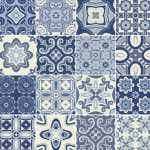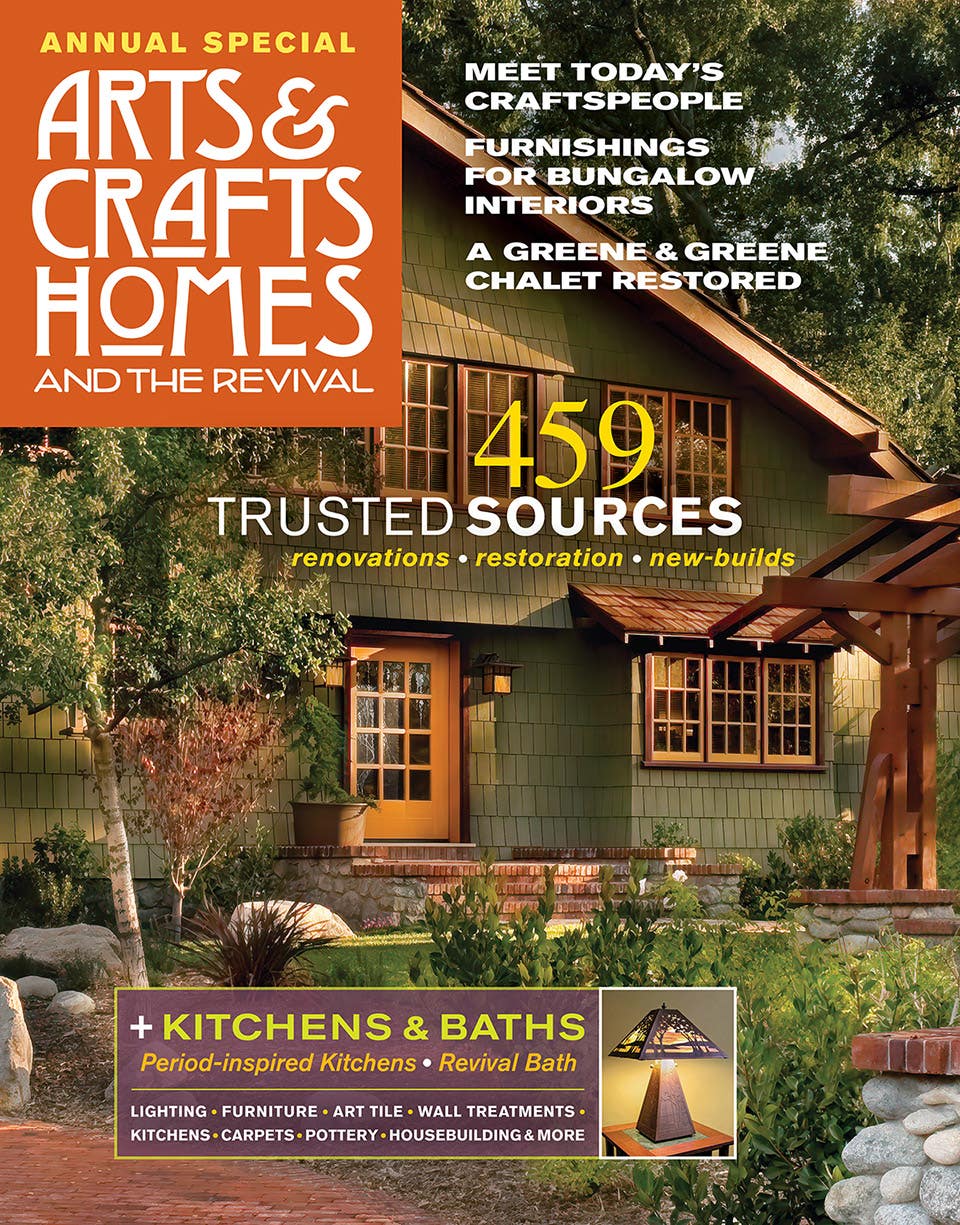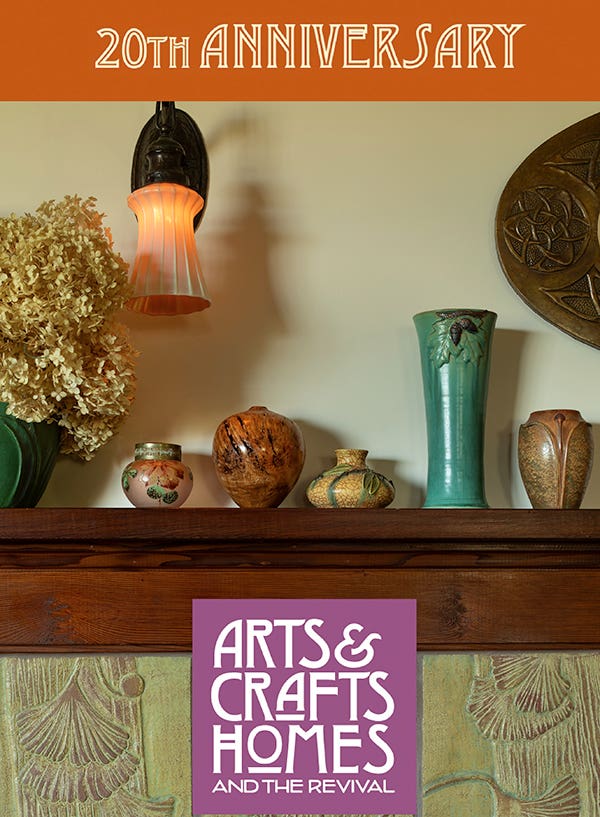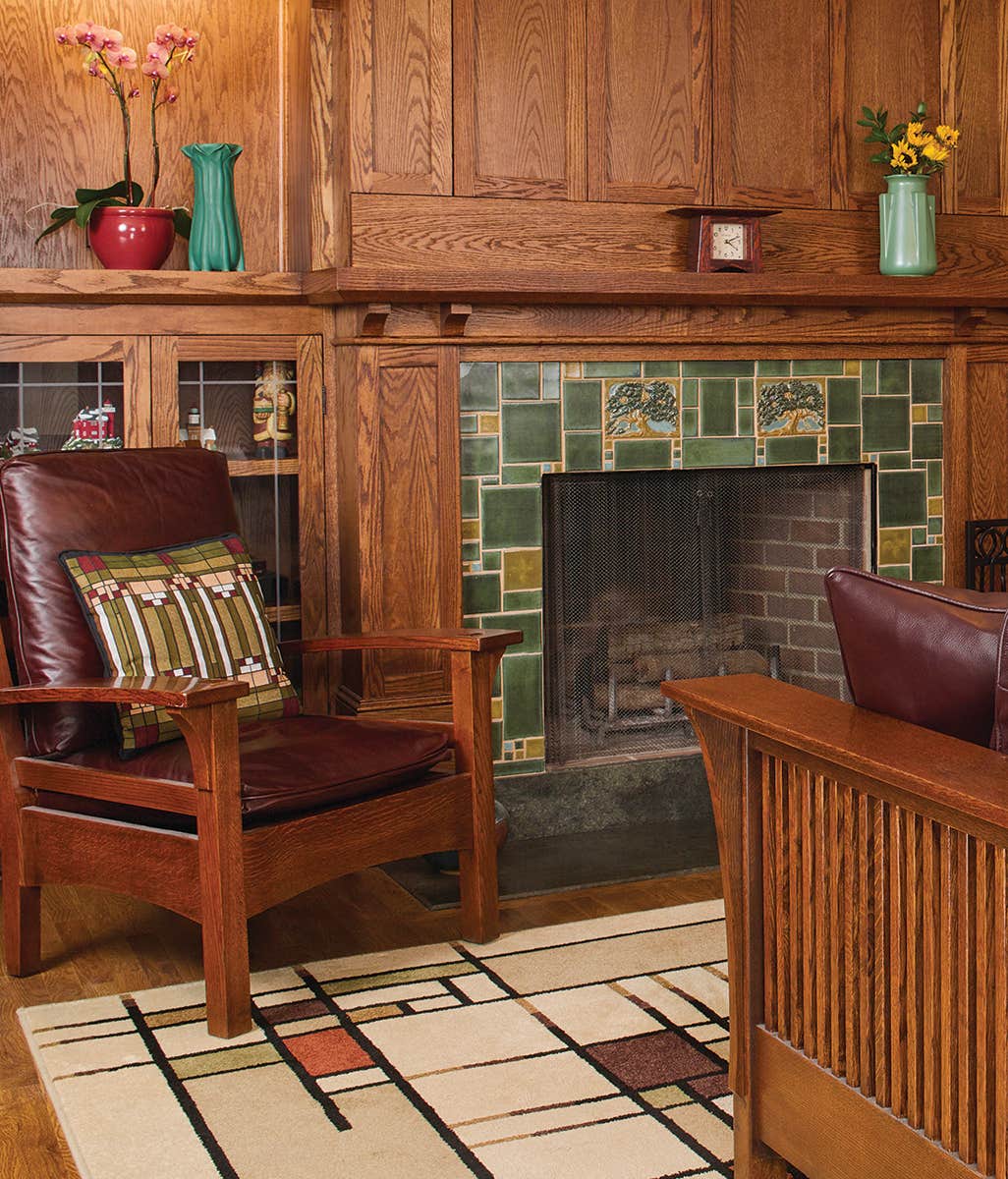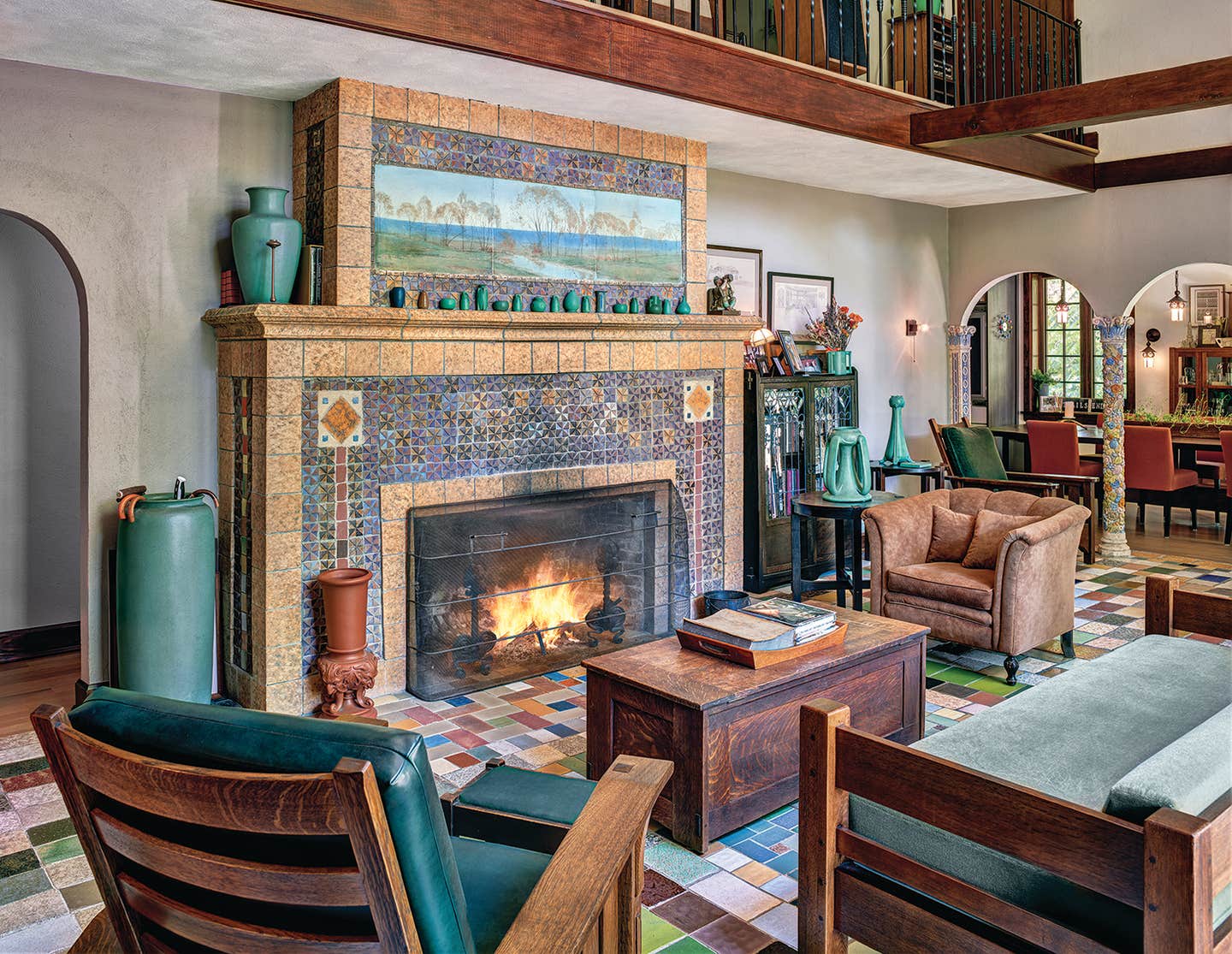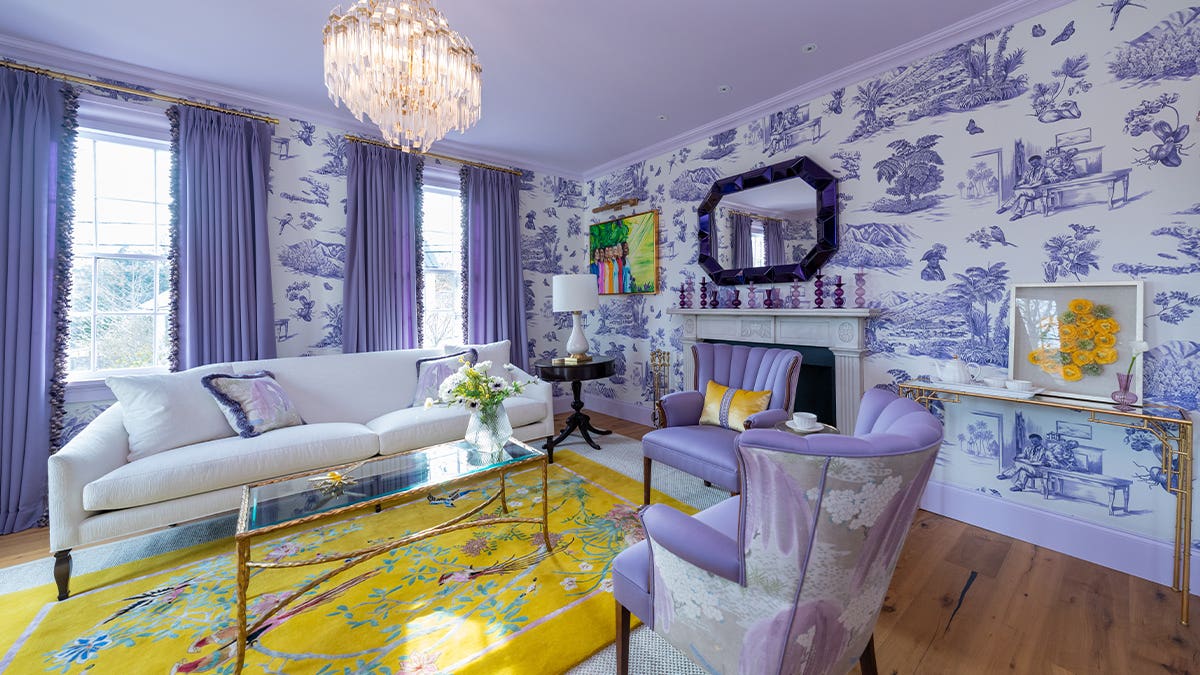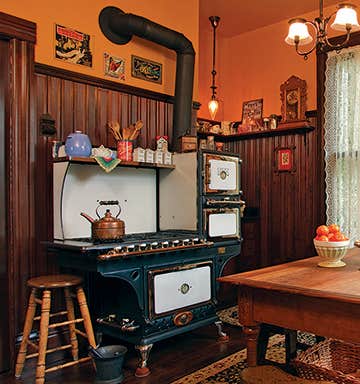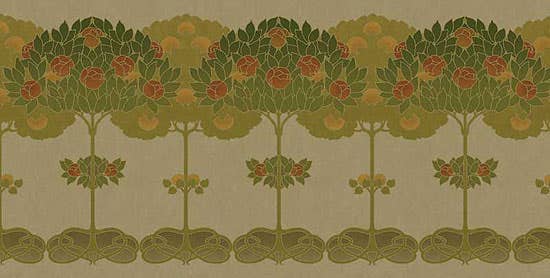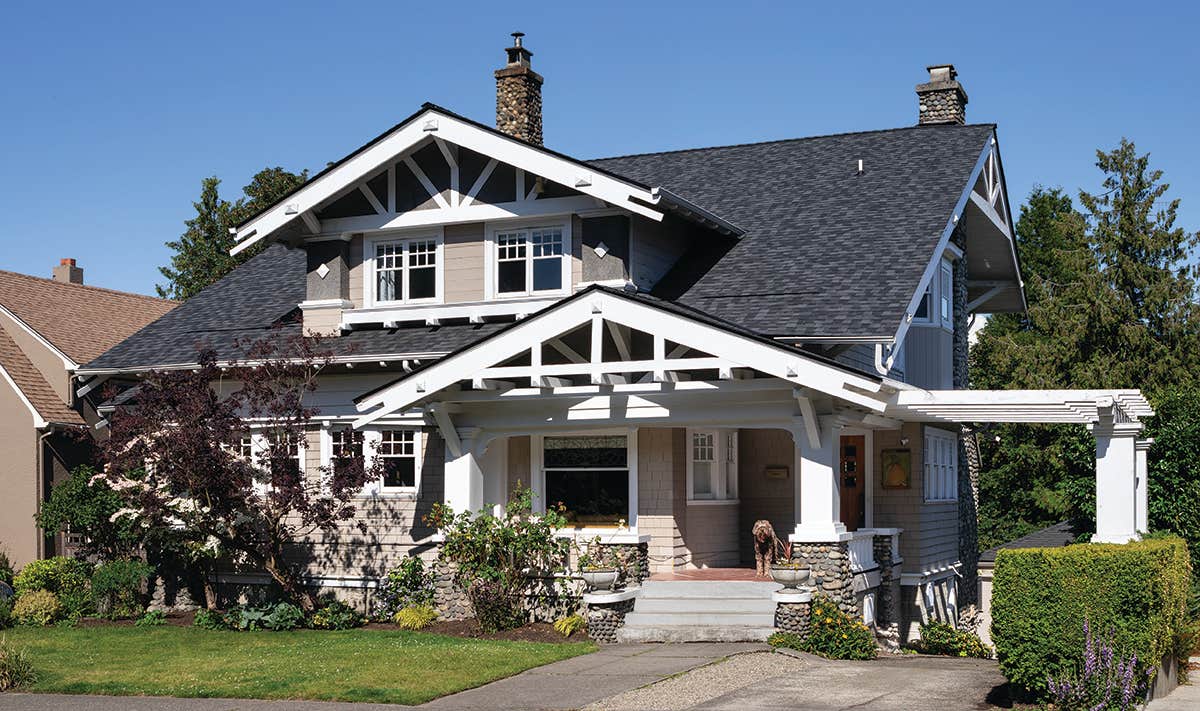Art & Craft of the Accent Pillow
As Victorian excess waned, a new style appeared, inspired by simplicity. For the first time, the idea of middle-class comfort included accent pillows.
Inglenooks, the built-in benches around the fireplace, were often loaded with hand-embroidered pillows to encourage cozy family gatherings. A typical pillow of the Arts & Crafts era usually sported a single motif, embroidered in muted colors on buff-colored linen.
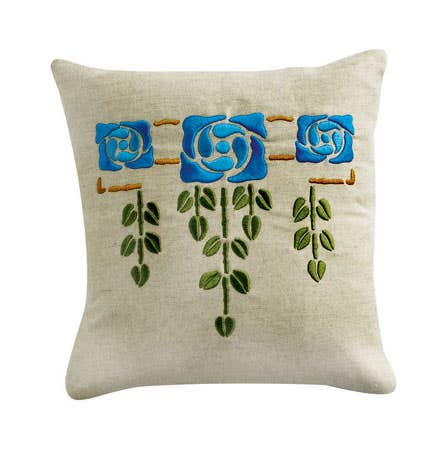
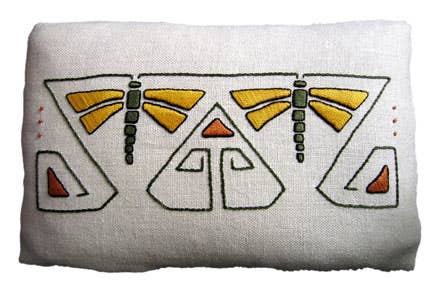
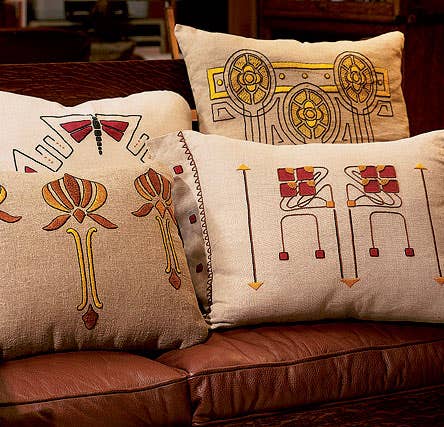
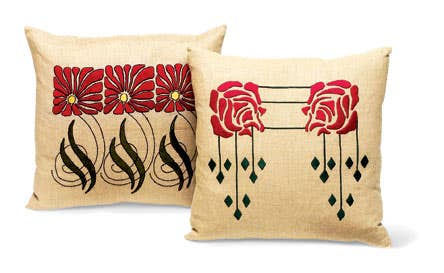
In both The Craftsman and his home furnishings catalogs, Gustav Stickley suggested and published plans for motifs in keeping with the Craftsman philosophy. According to Ann Wallace, writing in Arts & Crafts Textiles [Gibbs Smith, 1999], “Pinecone” was probably Stickley’s most popular design, especially when stuffed with balsam fir.
Women’s magazines continued to spread ideas and patterns for new designs, with suggestions like this one from The Modern Priscilla: “Embroidery for the living room should be distinctive and the coloring gay and cheerful without being obtrusive enough to clash with any coloring a room may already have.”
This notion of subtlety in accent pillows would continue into the 1920s, ’30s, and even ’40s. Judging from the amount of use in photo spreads in magazines like House Beautiful, pillows were used sparingly as accents in the 1920s until late in the decade. Colors and fabrics tended toward plain, even matching the fabric on the chair or sofa they were intended to accent. Or the pillow might be of a lighter or darker shade in the same color family (e.g., yellow on warm brown). Most accent pillows apparently were made in solid colors, almost as afterthoughts.
Before about 1930, cushions and pillows appeared where surfaces are hard: across seating benches in a ca. 1930 New York apartment kitchen/dining room, against an inglenook or Colonial Revival chair with a high wooden back. As the 1930s progressed, however, pillows began to show up in the context of furniture made specifically for lounging (the chaise longue, window seats, rattan pieces).
Mary Ellen Polson is a creative content editor and technical writer with over 20 years experience producing heavily illustrated know how and service journalism articles, full-length books, product copy, tips, Q&As, etc., on home renovation, design, and outdoor spaces.
